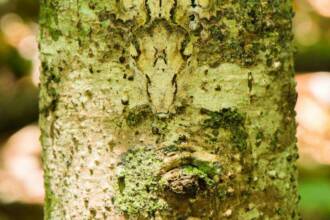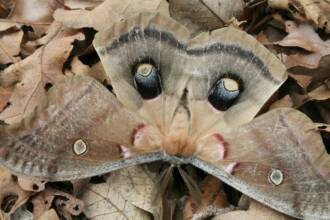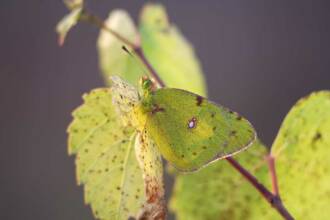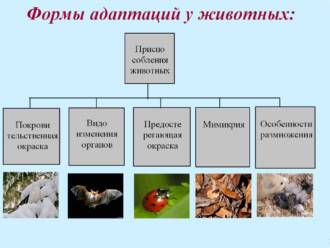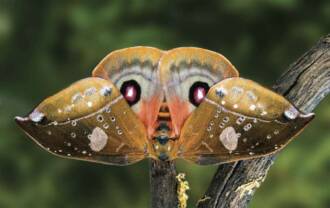
Camouflage is one of the most effective strategies that butterflies use to protect themselves from their enemies. Due to their ability to mimic the environment or other dangerous creatures, butterflies can avoid predators and increase their chances of survival.
One of the most common forms of camouflage in butterflies is cryptic coloration. They can have colors and patterns that allow them to virtually blend into the background they are placed against. Some species of butterflies can imitate the leaves or bark of trees to become indistinguishable to their enemies.
In addition, butterflies can also use mimicry to deceive their enemies. They can imitate dangerous and poisonous creatures to evoke fear and disgust in potential predators. For example, some species of butterflies can imitate colorful and poisonous beetles or spiders to scare off their enemies and save their lives.
The art of camouflage is not only a defense mechanism for butterflies, but also a wonderful display of their beauty and diversity. They can be so perfectly adapted to their environment that they are almost impossible to spot with the naked eye. Studying their camouflage strategies allows us to better understand the nature and evolution of these amazing creatures.
Camouflage in the natural world

Camouflage is one of the most amazing and effective survival strategies in the natural world. It allows living beings to hide and deceive their enemies by pretending to be something else or simply blending in with their surroundings.
butterflies — masters of disguise. They can take on different shapes, colors, and textures to blend in with the surrounding vegetation and avoid being seen by predators. Some butterflies can even imitate other dangerous or unpleasant species to scare off their enemies.
Another example of camouflage in nature is chameleons. They are able to change the color of their skin to blend perfectly with their environment. Thanks to this, they can remain undetected and avoid danger.
Arctic hares They also use camouflage for their protection. They have white fur, which helps them blend in with the surrounding snow and avoid being seen by predators.
Masking is also used plants. Some plants have special colors, shapes or structures that allow them to hide among surrounding plants or pretend to be something else to ward off predators or attract pollinators.
Camouflage in the natural world is an amazing example of evolution and adaptation to the environment. It allows living things to survive and reproduce while deceiving their enemies and remaining undetected. This is a clear example of how nature finds different ways to protect itself and survive.
Evolutionary adaptations of butterflies
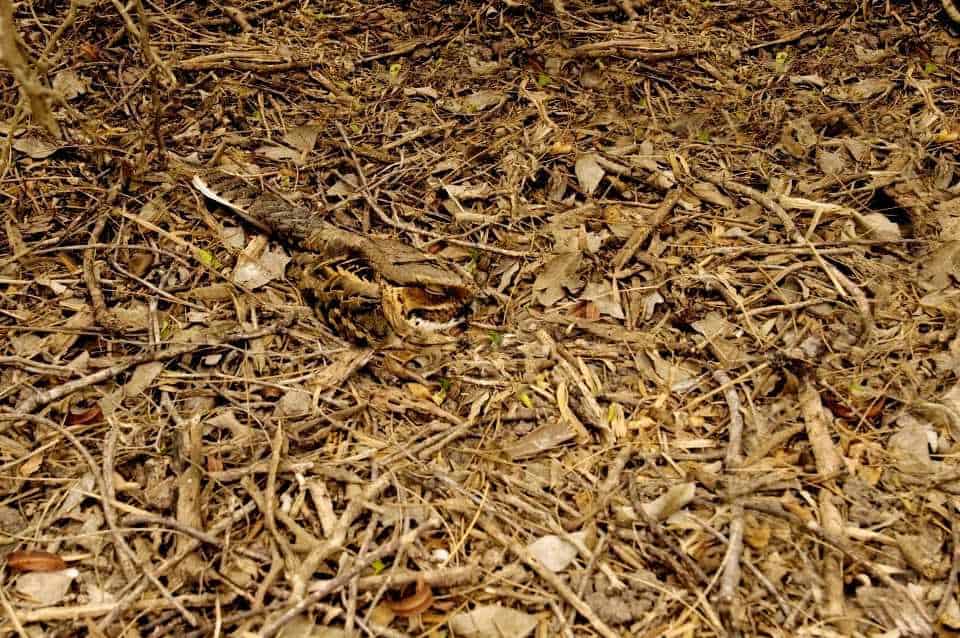
Butterflies are great examples of evolutionary adaptation in the insect world. They have evolved over millions of years to survive in different ecosystems and avoid predators. One of the most amazing adaptations that butterflies have evolved is their ability to camouflage and mimic their environment.
Many butterfly species have unique shapes and colors that help them blend into their environment and become indistinguishable to predators or prey. Some butterflies imitate leaves or branches on which they usually live. They have a slender shape and color that blends perfectly with the vegetation in their surroundings.
Other butterfly species use bright colors and patterns to distract and evade predators. They can imitate dangerous or poisonous species to intimidate their enemies and protect themselves. This type of camouflage is called mimicry.
Some butterflies also have the ability to change their colors and patterns depending on environmental conditions. This allows them to adapt to different seasons and change their appearance to remain invisible to predators. Such adaptations help butterflies survive and reproduce successfully in their natural environments.
It should be noted that the evolutionary adaptations of butterflies are not limited only to their appearance. They have also developed complex defense mechanisms, including poisonous substances and enhanced muscles, to cope with predators. This entire complex system of adaptations allows butterflies to survive in their environments and continue their species.
Color mimicry in butterflies

Color mimicry is one of the most impressive methods of camouflage in butterflies. Thanks to their bright colors, they can skillfully imitate other insects, flowers or their environment to deceive their enemies and remain undetected.
One example of color mimicry in butterflies is the imitation of dangerous or unpleasant insect species. Some butterflies can imitate poisonous beetles or bees to ward off predators. They use bright colors and patterns on their wings to create the illusion of danger and cause enemies to retreat.
Another example of color mimicry is the imitation of the environment. Some butterflies have wings with patterns and colors that look like leaves, flowers or tree bark. This allows them to blend into their environment and be virtually invisible to predators.
It is important to note that color mimicry in butterflies not only serves for self-defense, but also helps them in finding a partner. Some butterfly species use their bright and attractive colors to attract the attention of the opposite sex and assist in reproduction.
Overall, color mimicry is an amazing phenomenon in the world of butterflies. They use their wings as an artistic canvas to create deceptive images and survive in the harsh environment.
Wing shape and texture
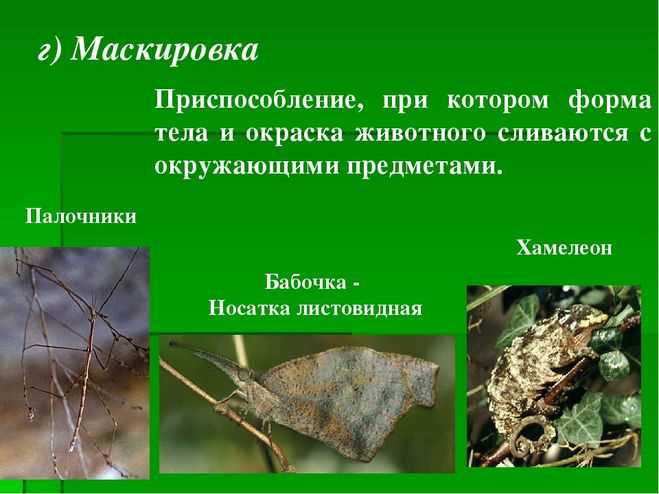
Butterfly wings come in a variety of shapes and textures, which play an important role in their camouflage. Each butterfly species has a unique wing shape that helps it blend into its environment.
Some butterflies, such as stick insects and caterpillars, have narrow and long wings that resemble branches or plant stems. This shape of the wings helps them ideally hide among vegetation and deceive their enemies.
Other butterflies, such as fireflies or flickering butterflies, have wings with unusual shapes and textures that create a glowing or shimmering effect. This natural light effect attracts the attention of predators and distracts them from the actual butterflies, allowing them to remain undetected.
The texture of the wings also plays an important role in butterflies' camouflage. Some butterfly species have wings with a smooth surface that reflects light and creates a shiny effect. This allows them to blend into the environment and become invisible to enemies.
Other butterflies have wings with a ridged or jagged surface that helps them blend into the texture of trees or rocks. This texture of the wings creates the effect of cracks and shadows, making the butterfly indistinguishable to its enemies.
Camouflage in the environment
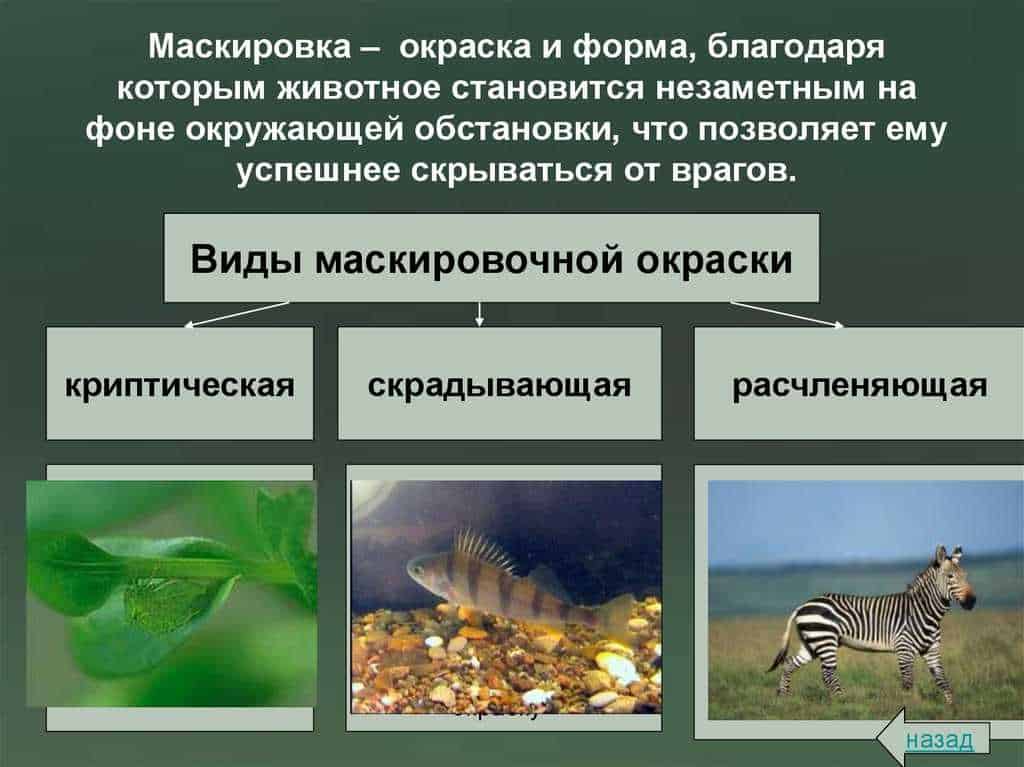
Environmental camouflage is a strategy used by many animals to hide from their enemies or hunters. They adapt to their environment to become invisible or inconspicuous.
One of the most famous examples of camouflage in the environment is camouflage. Many animals, such as chameleons and octopuses, are able to change the color of their skin or body to match the color and texture of their environment. This allows them to blend into the background and remain undetected by predators or prey.
In addition to camouflage, camouflage in the environment can include the use of body shape and structure. Some animals, for example, have an appearance similar to surrounding objects or plants. For example, stick insects have thin and long bodies that look like branches or sticks, making them virtually invisible among vegetation.
Another interesting example of camouflage in the environment is mimicry. Some animals take on the appearance of other species to confuse their enemies or hunters. For example, some butterflies may have a pattern on their wings that resembles the eyes of a predator or a large fish to distract attention and escape attack.
In general, camouflage in the environment is an effective survival tactic for many animals. It allows them to avoid danger and remain invisible to their enemies. Thanks to camouflage, these animals can successfully survive in their environment and adapt to various conditions.
Protection from predators

Butterflies, like many other creatures, have evolved various strategies to protect themselves from predators. One of the most effective such strategies is mimicry. Butterflies can imitate the appearance of other objects or creatures to deceive their enemies.
Mimicry — is the art of camouflage that allows butterflies to look like objects that pose no threat to predators. For example, some species of butterflies can imitate leaves or tree bark to blend into their surroundings. This allows them to remain undetected and evade danger.
Colors and patterns
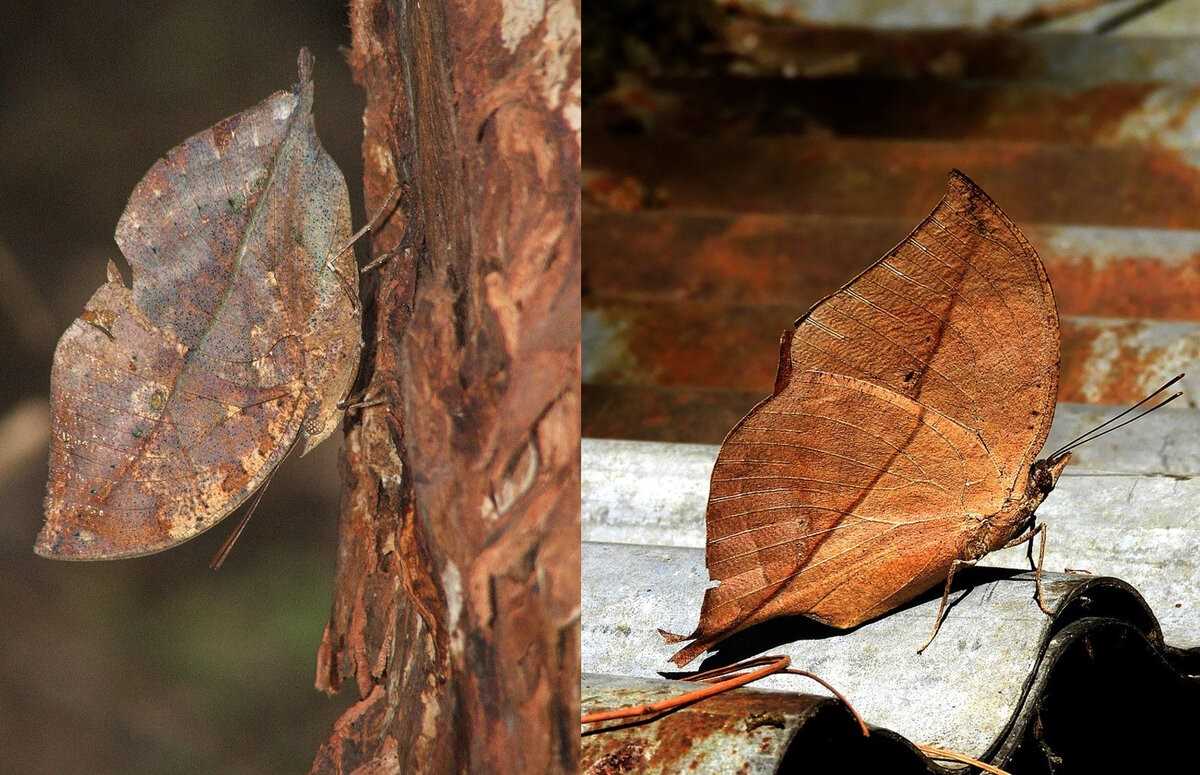
Butterflies also use their colors and patterns to distract and confuse predators. They can have bright and contrasting colors, which serve as a danger signal to predators. They may also have complex patterns on their wings that make them less predictable and difficult to spot.
Size and shape
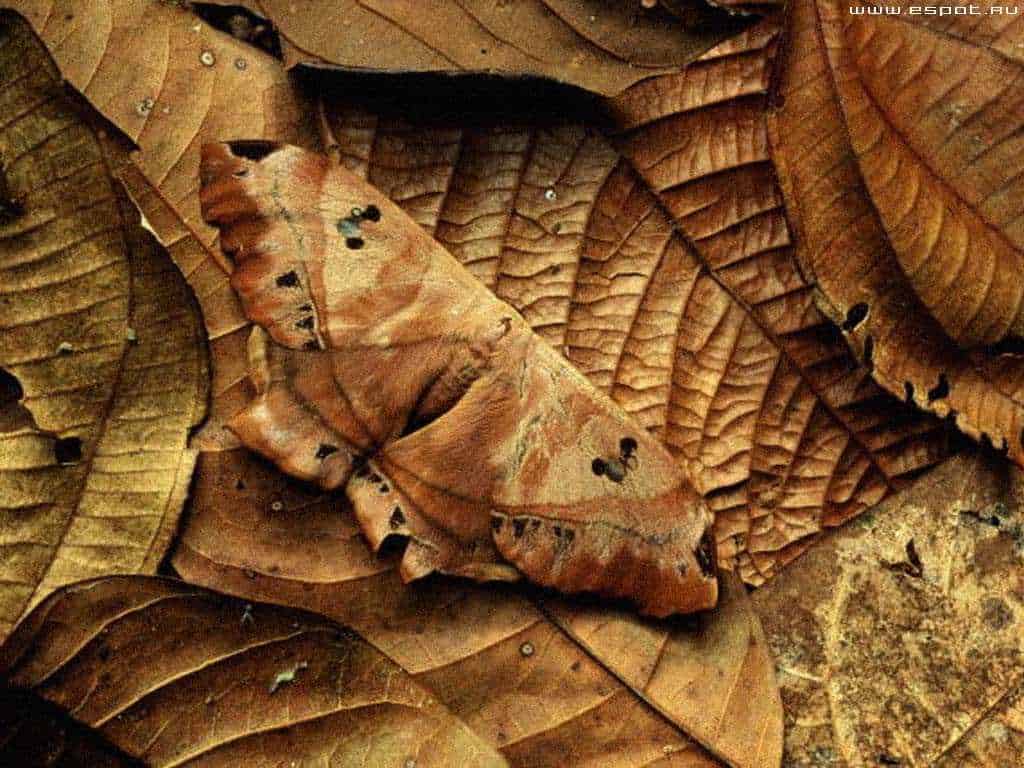
Some butterfly species can change their size or shape in response to danger. For example, they may spread their wings to reveal bright colors or threatening patterns, or conversely, curl them to become invisible. This behavior can confuse predators and cause them to retreat.
Overall, butterflies have amazing camouflage and defense abilities that help them survive and avoid danger. This is a clear example of how nature can inspire the art of camouflage.
The role of camouflage in the life of butterflies

Camouflage plays an important role in the lives of butterflies, helping them survive and avoid predators. Camouflage is especially important for butterflies that are at the caterpillar stage. Butterfly caterpillars often have colors and shapes that help them blend in with their surroundings.
Butterflies use various camouflage methods. One of these is cryptic coloration, where the butterfly has a color and pattern similar to the color and texture of its surroundings. This coloring allows the butterfly to seamlessly blend into the background and not attract the attention of predators.
Another method of camouflage is mimicry. Some species of butterflies have a coloration very similar to that of other species that are dangerous or unpleasant to predators. This camouflage allows the butterfly to avoid being attacked by a predator, as it will think that it is dangerous or has an unpleasant taste.
Butterflies also use aposition in their camouflage. They can open and close their wings depending on the situation. Some butterfly species have bright and attractive wings, but they may hide them when they are in danger. This helps them maintain their lives without attracting the attention of predators.
Thus, camouflage plays an integral role in the lives of butterflies, helping them survive and avoid predators. Various camouflage methods, such as cryptic coloration, mimicry and the use of aposition, allow butterflies to become invisible and successfully adapt to their environment.

